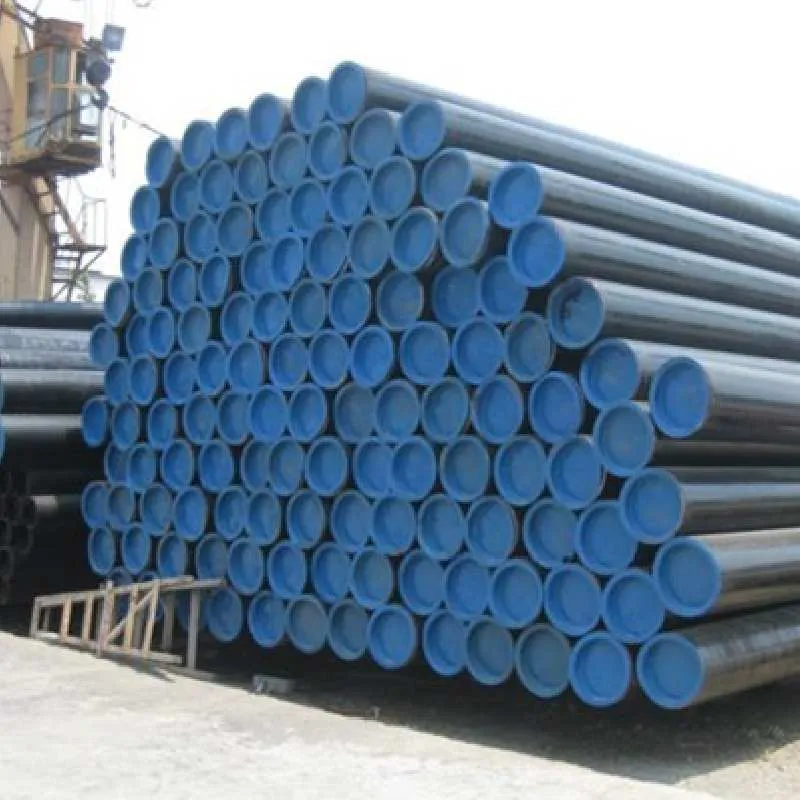-
Cangzhou Yulong Steel Co., Ltd.
-
Phone:
+86 13303177267 -
Email:
admin@ylsteelfittings.com
- English
- Arabic
- Italian
- Spanish
- Portuguese
- German
- kazakh
- Persian
- Greek
- French
- Russian
- Polish
- Thai
- Indonesian
- Vietnamese
- Zulu
- Korean
- Uzbek
- Hindi
- Serbian
- Malay
- Ukrainian
- Gujarati
- Haitian Creole
- hausa
- hawaiian
- Hebrew
- Miao
- Hungarian
- Icelandic
- igbo
- irish
- Japanese
- Javanese
- Kannada
- Khmer
- Rwandese
- Afrikaans
- Albanian
- Amharic
- Armenian
- Azerbaijani
- Basque
- Belarusian
- Bengali
- Bosnian
- Bulgarian
- Catalan
- Cebuano
- China
- China (Taiwan)
- Corsican
- Croatian
- Czech
- Danish
- Esperanto
- Estonian
- Finnish
- Frisian
- Galician
- Georgian
- Kurdish
- Kyrgyz
- Lao
- Latin
- Latvian
- Lithuanian
- Luxembourgish
- Macedonian
- Malgashi
- Malayalam
- Maltese
- Maori
- Marathi
- Mongolian
- Myanmar
- Nepali
- Norwegian
- Norwegian
- Occitan
- Pashto
- Dutch
- Punjabi
- Romanian
- Samoan
- Scottish Gaelic
- Sesotho
- Shona
- Sindhi
- Sinhala
- Slovak
- Slovenian
- Somali
- Sundanese
- Swahili
- Swedish
- Tagalog
- Tajik
- Tamil
- Tatar
- Telugu
- Turkish
- Turkmen
- Urdu
- Uighur
- Welsh
- Bantu
- Yiddish
- Yoruba

Aug . 18, 2024 07:37 Back to list
Overview of ANSI 125 LB Flange Specifications and Applications
Understanding ANSI 125 LB Flanges A Comprehensive Overview
Flanges play an indispensable role across various industrial applications, serving as critical components in piping systems. Among them, the ANSI 125 LB flange is notable for its widespread use in manufacturing and construction industries. Understanding its design, specifications, and applications is essential for engineers, designers, and technicians involved in piping and fitting installations.
What is ANSI 125 LB Flange?
The term ANSI 125 LB refers to a specific type of flange standardized by the American National Standards Institute (ANSI). The 125 denotes the pressure class of the flange, indicating that it can withstand a certain amount of pressure under specified temperature conditions. The LB stands for pound, signifying the pressure rating that corresponds to certain dimensions and specifications.
ANSI 125 LB flanges are typically constructed from materials like carbon steel, stainless steel, and other alloys, ensuring they can endure various environmental conditions and media. These flanges are designed to connect pipes, valves, pumps, and other equipment, making them versatile components in numerous systems.
Dimensions and Specifications
The ANSI 125 LB flange is defined by a set of industry-standard dimensions. The flanges are generally available in different sizes, ranging from 1 inch to 12 inches in diameter, although larger sizes can also be manufactured. The thickness of the flange, bolt circle diameter, and bolt hole size are also specified to ensure compatibility with other components.
In accordance with ANSI standards, a 125 LB flange has specific characteristics, including nominal pipe size (NPS), flange thickness, and the diameter of bolt holes. The dimensions may vary slightly depending on the manufacturer; therefore, always consult manufacturing standards or company specifications for accuracy.
Material and Coating
ansi 125 lb flange

The material selection for ANSI 125 LB flanges is crucial for their performance. Carbon steel flanges are common for general-purpose applications, while stainless steel flanges are preferred for corrosive environments, such as chemical processing plants. Additionally, these flanges may be coated with galvanization or other protective layers to enhance their durability and resistance to environmental degradation.
Applications of ANSI 125 LB Flanges
These flanges are particularly suitable for low-pressure applications in various industries, including oil and gas, water treatment plants, HVAC systems, and power generation. Common applications include connecting pipelines in water distribution systems, creating joints in chemical processing plants, and assembling components in HVAC systems where moderate pressure is expected.
One of the significant advantages of ANSI 125 LB flanges is their ease of assembly and disassembly. This feature allows for straightforward maintenance and replacement of parts, which is crucial for operational efficiency in industries that require frequent servicing.
Advantages and Considerations
Using ANSI 125 LB flanges has several benefits. They provide a reliable seal, ensuring minimal leakage when properly installed. The uniformity in sizes helps in reducing the chances of errors during assembly. However, engineers must ensure that the pressure and temperature ratings are adequate for their specific application to avoid potential failures.
Furthermore, while the ANSI 125 LB flanges are widely used, it is important to be aware of the limitations regarding pressure and temperature that they can tolerate. Evaluating the system's requirements against the flange specifications before installation is crucial for safe and efficient operations.
Conclusion
In summary, ANSI 125 LB flanges serve as fundamental components in various piping systems, known for their reliability and ease of use. Their adherence to ANSI standards ensures compatibility with other equipment, making them an excellent choice for applications across multiple industries. Understanding their specifications, materials, and applications is essential for anyone involved in the design and maintenance of piping systems. By making informed decisions about flange selection, professionals can enhance the efficiency and safety of their industrial operations.
Latest news
-
ANSI 150P SS304 SO FLANGE
NewsFeb.14,2025
-
ASTM A333GR6 STEEL PIPE
NewsJan.20,2025
-
ANSI B16.5 WELDING NECK FLANGE
NewsJan.15,2026
-
ANSI B16.5 SLIP-ON FLANGE
NewsApr.19,2024
-
SABS 1123 FLANGE
NewsJan.15,2025
-
DIN86044 PLATE FLANGE
NewsApr.19,2024
-
DIN2527 BLIND FLANGE
NewsApr.12,2024
-
JIS B2311 Butt-Welding Fittings LR/SR 45°/90° /180°Seamless/Weld
NewsApr.23,2024











